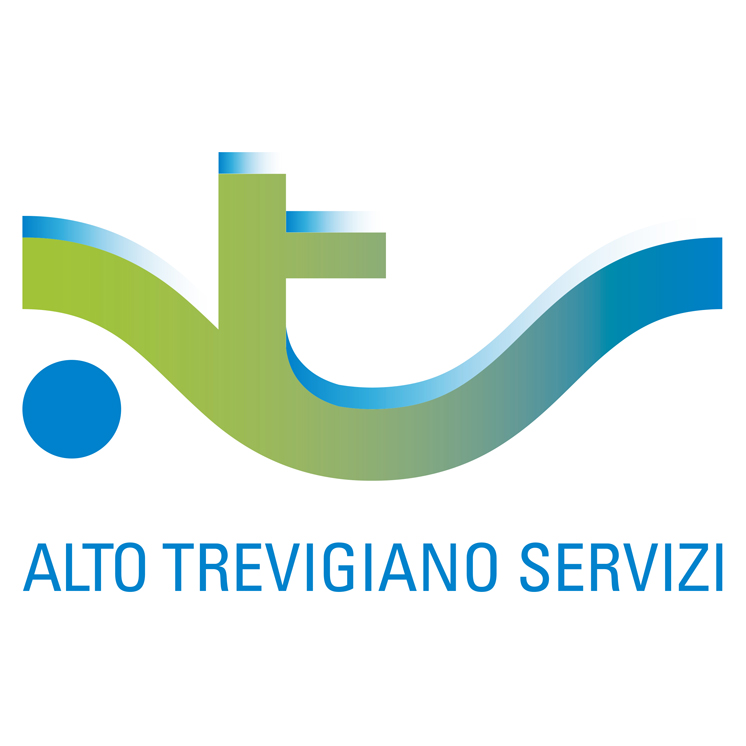Alto Trevigiano Servizi is a water utility company, a totally public asset with 225 staff units, subject to the management and co-ordination of 53 Municipal Council partners, which belong to the Provinces of Treviso, Vicenza and Belluno (Veneto Region – NorthEast - Italy). It serves a public of more than 500,000 citizens and mainly deals with Integrated Water Supply Service (drinking water, sewage, wastewater treatment).
The company's mission is to ensure a high level of quality service to the population, including through the preservation of the environment ensuring responsible use of water resources and a high quality of discharges into rivers.
The company operates in an area with a high degree of environmental protection, with some plants discharging into the Lagoon of Venice and the other in the area of aquifer recharge. Thus the limits are very restrictive, especially with reference to the nutrients nitrogen and phosphorus.
As part of its skills, in addition to supplying, distribution and billing of drinking water service, the company manages approximately 1,600 km of sewage piping, 150 sewage pumping station and 80 Urban Wastewater Treatment Plants, of which 4 plants authorized to treat liquid waste and 1 authorized to process also solid waste in anaerobic co-digestion (OFMSW organic fraction of municipal solid waste).
ATS has already demonstrated the ability to test and realize full-scale innovative technologies for the recovery of resources: co-digestion of sludge and OFMSW (Treviso WWTP), production of struvite from anaerobic supernatants (Treviso WWTP), alkaline fermentation of the primary sludge to produce carbon source for biological processes (Carbonera WWTP).
The plant with anaerobic co-digestion is located in the town of Treviso in Pavese Street and it is designed with a capacity of 70,000 population equivalents. Another important plant is the one in town of Carbonera with a capacity of 60,000 population equivalents. Both these plants have a process of anaerobic digestion of sludge produced. In the first one the anaerobic digester is working with co-digestion of OFMSW and biological sludge and a CHP unit permit the production of energy; in Carbonera WWTP there is the anaerobic digestion of a mixing of primary and biological sludge.
In both plants is evident the impact of anaerobic reject waters in the main line in terms of nitrogen and phosphorus loads; therefore, the company considers important to identify optimal systems to remove removal both nutrients, minimizing the environmental impact and operating costs.
ATS is engaged on several fronts in reducing energy consumption and production of energy from hydroelectric source in drinking water pipelines and from biomass source in the WWTPs, with the aim of further economical and environmental benefits.
ATS is associated with Utilitalia, the national association of water, waste and energy utilities.
Since 2015, ATS participates in Viveracqua, a project of stable cooperation between water utility companies in Veneto Region. Viveracqua has the form of a consortium, created to answer jointly to the common needs and to make "critical mass" to address the technical, economic and financial challenges. Viveracqua aggregates in this moment 14 companies, with a catchment area of approximately 4.2 million inhabitants.




